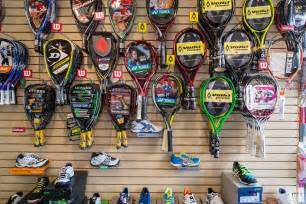1 min read
Distribution, Retail, and Commerce: Sporting Goods, Toys, and Hobbies Recreational Goods Industry Digest
Rob Kirkey : March 10 2025

Like most distribution and retail companies, those in the sporting goods, toys, and hobby industries (collectively called recreational goods) have experienced
significant market changes in recent years. Shifting customer preferences, global competition for goods, consumer expectations for faster Amazon-like fulfillment, the COVID-19 pandemic, and technological advancements have contributed to a fiercely competitive business climate for distributors and merchants.
Connections with multiple online marketplaces, web storefronts, and brick-and-mortar retail outlets or pop-up stores with point-of-sale capabilities are essential for growing sales. In addition, seamless connections to back-office ERP applications for order fulfillment, shipping, operational analysis, and reporting are paramount.
Companies using legacy ERP or entry-level accounting applications and digitally native retailers looking to expand into pop-up locations struggle to manage
omnichannel experiences while synchronizing systems with manual data exports and imports. As a result, information is delayed and inaccurate, resulting in late
fulfillment, canceled orders, and unhappy customers. Modern ERP applications connect front-end commerce applications with back-end ERP software for a
real-time, bi-directional system to manage every part of the business for a better customer experience and superior order fulfillment.
This Industry Digest provides an overview of the recreational goods industry from a retail and wholesale distribution perspective with insights into industry trends,
critical software features needed to compete effectively, and a list of resources for additional information.
